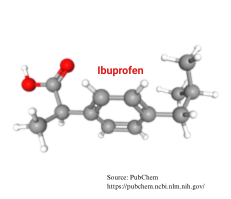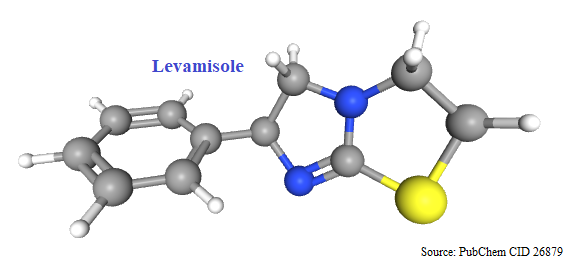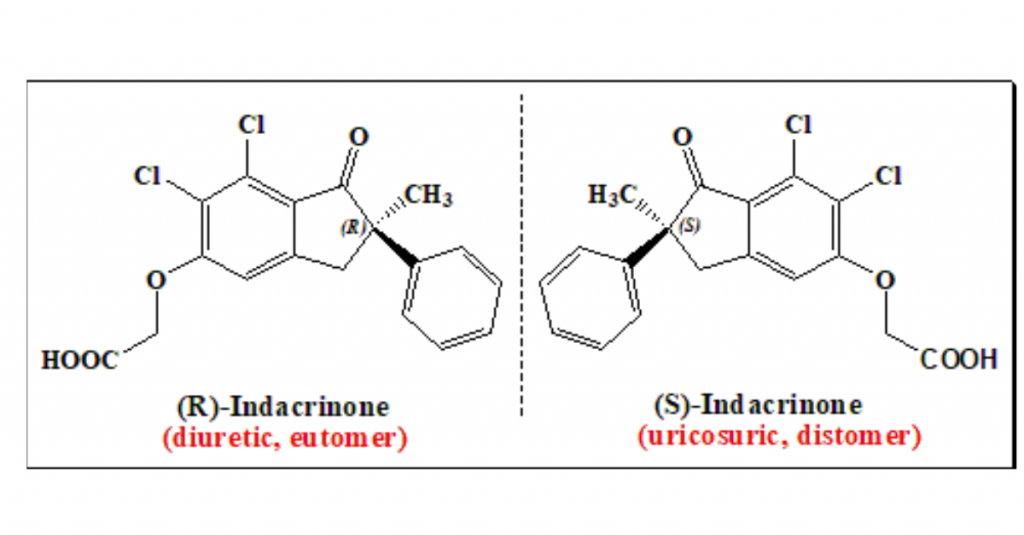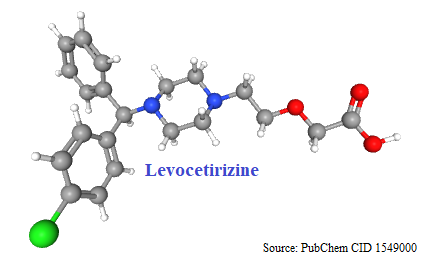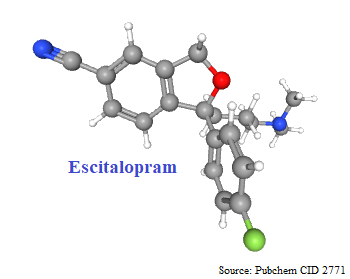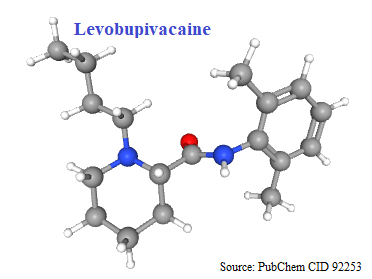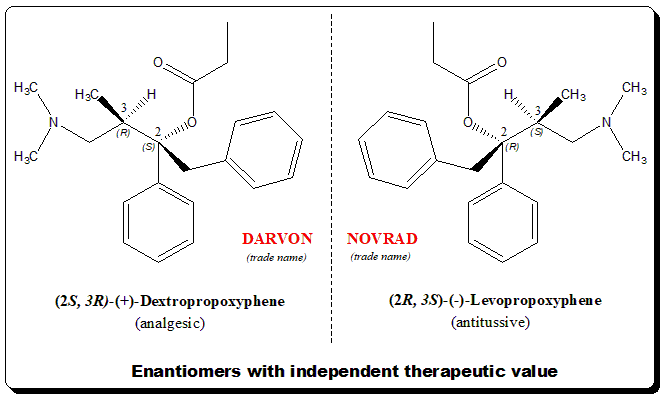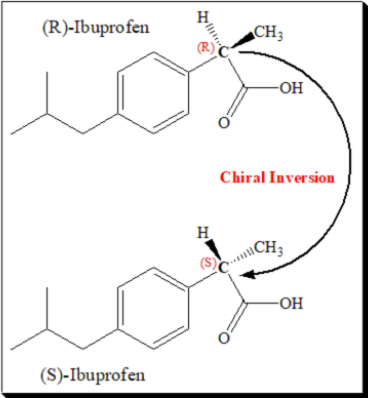Ibuprofen
Ibuprofen is a widely used non-steroidal anti-inflammatory drug (NSAID). It is a monocarboxylic acid that is propionic acid in which one of the hydrogens at position 2 is substituted by a 4-(2-methylpropyl)phenyl group. Hence belongs to the propionic acid derivative class of NSAIDs. It is commonly prescribed for pain, inflammation, and fever. Available as over-the-counter (OTC) and prescription medication worldwide. Chirality and Biological Activity Structurally, Ibuprofen is a chiral molecule with one stereogenic center at the α-position …
